Kührner Éva
„…a nagy kultúrharcra, elsősorban pedig vonultassuk fel, erősítsük meg ostromágyúinkat a kath. sajtót…” A görögkatolikus sajtó 1945 előtt
Tartalom
Tartalom: Bevezetés; 1. A katolikus sajtó helyzete; 2. Görögkatolikus sajtóviszonyok a kiegyezésig; 3. A kiegyezéstől Trianonig; 4. Ungvár nyomdászata; 5. Görögkatolikus lapok 1867 és 1920 között; 6. Központi Sajtóvállalat; 7. A görögkatolikus sajtóalap kezdetei; 8. A MAGOSZ Sajtóvállalata; 9. A húszas évek sajtópróbálkozásai; 10. A két világháború görögkatolikus lapjai; 11. A görögkatolikus lapok előállítása Trianon után; Összegzés. Éva Kührner: ‘... as for the great Culture Struggle – first and foremost – let us line up and strengthen our siege cannons, the Catholic press...’ – The Greek Catholic Press Prior to 1945 The periodical press is a relatively young bibliographical genre, but its significance is all the greater. Thanks to its recency, it swiftly informs about events and news, but it is also capable of shaping the audience’s views. Its influence on forming opinions was soon recognised by the authorities, and it would be used by those in power to accomplish their goals. The Catholic Church also came to appreciate the potential in the press and sought to deploy it in the battle against destructive views. With a view to laying solid foundations for the Catholic press, various press organisations were created. The most important one of them was the Central Press Company established in 1918. However, this could not represent the interests of the Greek Catholics efficiently enough. Therefore, the leaders of the Greek Catholic Church set about creating a denominational press fund to produce publications and a printing press of their own. The execution of the plans was delayed by history and economic hardships, so a part of them could become reality only by the late 1920s. Greek Catholics, however, were not left without periodicals in the meanwhile, either, as they had papers in Hungarian and Rusyn at their disposal from the mid- 19th century. After the Treaty of Trianon, supplying the faithful with religious publications and replacing the printing infrastructure now found on the other side of the border posed great challenges. All of a sudden, intellectual centres of historical significance such as Uzhhorod (Ungvár) and Prešov (Eperjes) would become ‘foreign’ from the Hungarian vantage point. The Greek Catholic periodicals ceasing to exist in 1920 were mostly replaced by short-lived publications in Hungary until conditions for the publication of Görögkatolikus Szemle [Greek Catholic review], resting on solid foundations, were ripe. The present paper offers insights into the century-long history of the Greek Catholic press.

